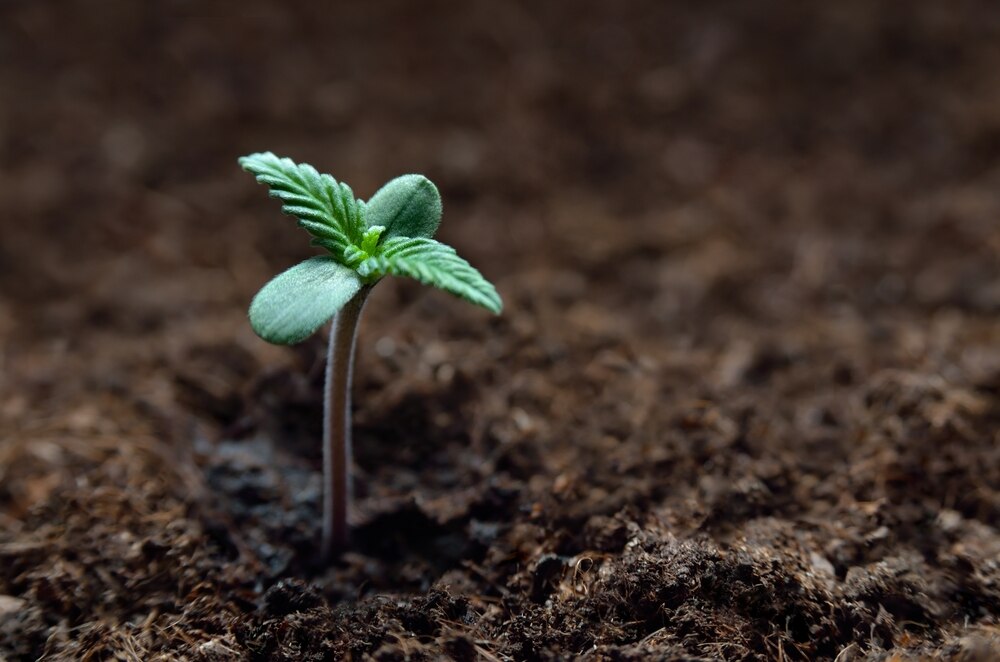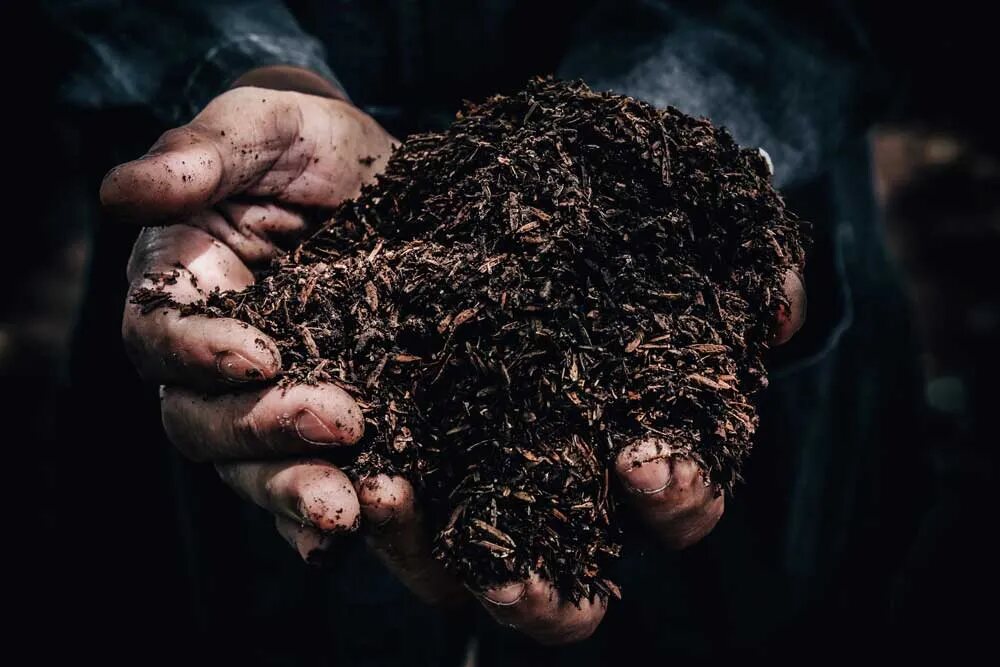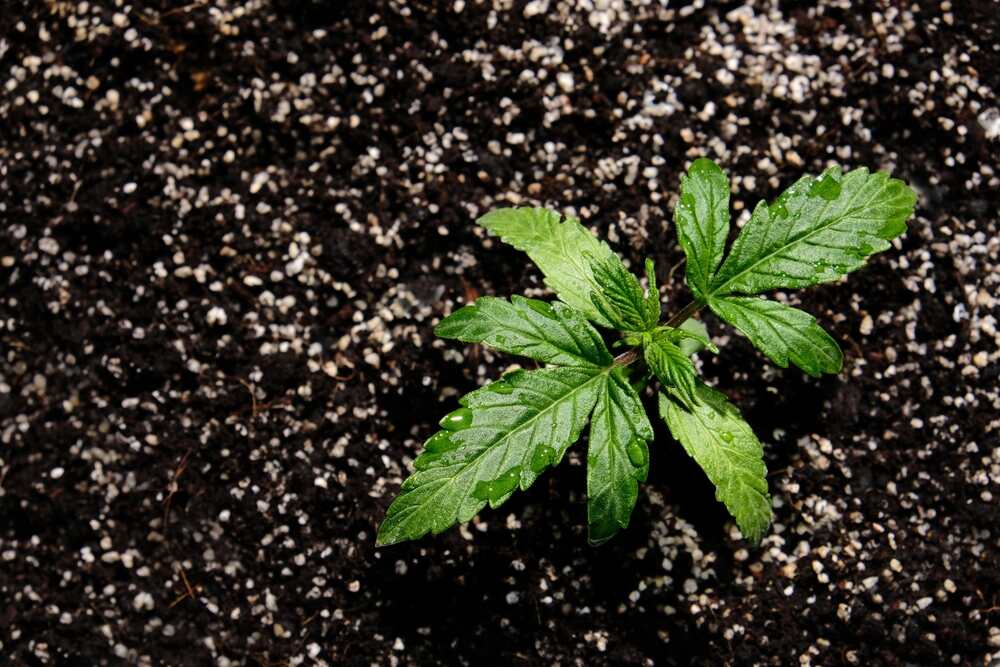The Best Fluffy Pancakes recipe you will fall in love with. Full of tips and tricks to help you make the best pancakes.

What is the Best Soil for Growing Autoflowers?
When it comes to growing autoflower cannabis, picking the right soil can make all the difference between a killer harvest and a disappointing one. Autoflowers are quick-growing, low-maintenance plants, but they have their own set of needs, especially when it comes to soil. So, let’s break down exactly what you need to know to give your autoflowers the best soil possible for a quality grow.
Why Soil Choice is Critical for Autoflowers
Autoflowers have a shorter growth cycle compared to photoperiod strains, meaning they have less time to recover from mistakes. That’s why getting the soil right from the get-go is essential. If the soil is too heavy, poorly drained, or packed with the wrong nutrients, it can slow their growth or stunt them altogether.
Understanding the Growth Cycle of Autoflowers
Autoflowers skip the need for light cycles to trigger flowering, meaning they’re on a tight, pre-programmed schedule. This fast growth means that they need an efficient soil environment to give them the best chance at thriving. You don’t have time to mess around with recovery if your plants get stressed!
Unique Needs of Autoflowers Compared to Regular Strains
Regular photoperiod strains can handle a little more stress, like being transplanted or getting hit with a nutrient overload. Autoflowers? Not so much. They need a light, well-aerated, and slightly acidic soil from the beginning to accommodate their speed and smaller size.
Common Mistakes When Choosing Soil for Autoflowers
A common mistake I see is people using heavy, dense soil that suffocates the roots. Another issue is using soil that’s too rich in nutrients—autoflowers don’t need as much nitrogen, especially in the early stages, and too much can burn them. Less is more with autoflowers!
Key Characteristics of the Best Soil for Autoflowers

Picking the right soil is all about balance. Autoflowers need a soil that supports fast growth, drains well, retains enough moisture, and has the right nutrient balance. Let’s dig into what makes the perfect mix.
Optimal pH Levels for Autoflower Soil
Autoflowers prefer a slightly acidic soil with a pH between 6.0 and 6.5. Anything outside this range can lead to nutrient lockout, which is a fancy way of saying your plants won’t be able to absorb essential nutrients properly, even if they’re in the soil. A simple pH meter can save you a lot of headaches!
Nutrient-Rich vs. Nutrient-Poor Soils: What’s Best?
For autoflowers, less is usually more. Nutrient-rich soils can overwhelm them, especially in the seedling stage. Start with a lighter soil mix, and if you notice signs of deficiency, you can always add a little extra later. But starting with a heavy nutrient-rich mix? That’s a fast track to stunted growth.
Drainage and Aeration: Why It Matters for Autoflowers
Autoflowers love soil that drains well and gives their roots room to breathe. Too much water sitting in the soil can drown the roots, leading to root rot. This is where a good mix of perlite or vermiculite comes in—it helps create pockets of air while allowing excess water to drain away.
Organic vs. Synthetic Soils: Which to Choose?
I personally love organic soils for autoflowers because they create a more natural environment for the roots, full of beneficial microbes. That said, synthetic soils can give you more control over nutrient levels if that’s your thing. It really comes down to your personal growing style and preferences.
The Best Soil Types for Autoflowering Cannabis

Choosing the right soil type doesn’t have to be complicated. It’s all about ensuring the soil supports quick growth without bogging down your plants. Let’s go over the best types for autoflowers.
Light, Airy Soil Mixes: Coco Coir, Peat Moss, and Perlite
If you’re after a solid soil base, a mix of coco coir, peat moss, and perlite is a winner. Coco coir is a great alternative to traditional soil because it’s light, holds moisture, and doesn’t get compacted. When mixed with perlite, it improves drainage and root aeration, which is perfect for fast-growing autoflowers.
Living Soil: A Holistic Approach to Growing Autoflowers
Living soil is like the ultimate soil mix for the organic grower. It’s packed with living organisms that naturally break down organic matter to feed your plants. Think of it as creating a little ecosystem for your autoflowers. The beauty of living soil is that it feeds your plants in a slow, natural way, which can result in a better flavor profile in your final product.
Pre-fertilized Soils vs. Custom Mixes
Pre-fertilized soils can seem like an easy option, but they often come packed with nutrients that your autoflowers just don’t need right away. I prefer to start with a custom mix where I control what goes in, then add nutrients later if the plants show signs of needing them. It’s like starting with a blank canvas and adding colors as you need them.
Ready-to-Use Soil Mix Brands for Autoflowers
Some solid brands offer ready-to-use mixes that cater to autoflowers. Fox Farm’s Happy Frog or Ocean Forest blends are popular among growers. They have a good balance of lightness and nutrients without overwhelming your plants. Some even include goodies like bat guano and worm castings, which can improve soil quality and provide slow-release nutrients.
How to Prepare and Amend Your Soil for Autoflowers
Even if you’re working with the best soil on the market, a little prep work can make all the difference. Let’s talk about how to get your soil autoflower-ready.
Step-by-Step Guide to Preparing Soil Before Planting
Before you start, make sure your soil is loose and fluffy. This means breaking up any clumps and removing any large chunks of debris. Once that’s done, water the soil lightly so it’s moist but not soaking wet, and you’re ready to go.
Adding Perlite and Vermiculite for Better Drainage
To improve drainage, add perlite (about 20-30% of your soil mix) for better aeration. If you want to retain a bit more water, throw in some vermiculite, but be careful—too much can lead to soggy soil. The trick is finding that balance between drainage and retention.
Nutrient Additions: What and When to Add
In the early stages, autoflowers don’t need much. If your soil mix isn’t pre-fertilized, a light feeding of a nitrogen-based fertilizer once your plants hit the vegetative stage is all they need. Later, switch to a phosphorus-rich blend to support flowering. Natural additions like worm castings or compost are great for boosting organic nutrients without overloading.
Balancing Microbes for a Healthy Soil Ecosystem
A healthy soil is packed with beneficial microbes. You can add mycorrhizae, which are fungi that help your plants’ roots absorb nutrients more efficiently. Think of them as little helpers that break down the soil and make it easier for your autoflowers to eat.
Common Soil Problems and How to Fix Them
Even with the perfect setup, things can go wrong. Don’t panic—I’ve got you covered on how to troubleshoot the most common soil-related issues.
Recognizing Overwatering and Underwatering Issues
Overwatering is a common mistake, especially for beginners. If the leaves are drooping and the soil is still wet, you’re overwatering. If the leaves are curling upwards and the soil feels dry, you’re probably underwatering. Keep the soil consistently moist but never soaking wet.
Fixing pH Imbalances in Autoflower Soil
If your plants are showing signs of nutrient deficiency even though you’ve been feeding them, the pH could be off. A quick test with a soil pH meter can tell you if you’re in the right range. Use pH adjusters (lime or sulfur) to bring your levels back to the sweet spot.
How to Deal with Soil Compaction
Soil compaction suffocates roots and slows down growth. If your soil feels heavy and dense, it might be time to aerate it. Gently poke around the base of your plants with a stick or add some more perlite to lighten things up.
Nutrient Deficiency or Toxicity: Signs and Solutions
Yellowing leaves? That’s usually a sign of nitrogen deficiency. Dark, crispy leaf edges? That’s probably nutrient toxicity. In both cases, a good flush with pH-balanced water can help reset things before adjusting your feeding schedule.
FAQ:
What soil pH is ideal for autoflowers?
A pH between 6.0 and 6.5 is ideal for autoflowers. This slightly acidic range helps the plants absorb nutrients properly and prevents nutrient lockout.
Can you use regular potting soil for autoflowers?
Regular potting soil can work, but make sure it’s light and well-draining. You may need to add perlite or coco coir to improve aeration and drainage.
Do autoflowers need nutrient-rich soil?
Autoflowers prefer a nutrient-light soil, especially in the early stages. Too many nutrients early on can stunt growth and cause nutrient burn.
What type of compost is best for autoflowers?
Worm castings or composted manure are great organic options for autoflowers. They provide a slow-release source of nutrients and help build a healthy soil ecosystem.
How often should you water autoflowers in soil?
Water your autoflowers when the top inch of soil feels dry. Be careful not to overwater, as soggy soil can lead to root rot.
When it comes to growing autoflowers, the soil is your foundation. Choosing a light, well-draining mix with the right pH and nutrient levels sets you up for success. By preparing your soil properly and understanding your plants’ needs, you’ll be well on your way to a healthy and bountiful harvest. Keep things simple, and your autoflowers will reward you big time!




